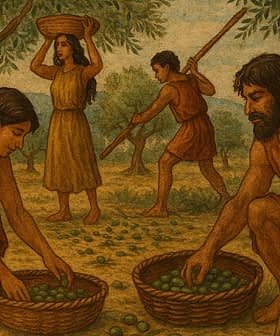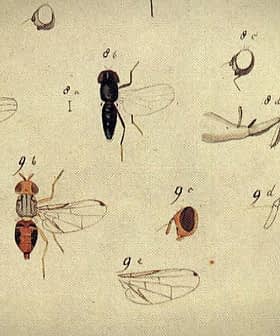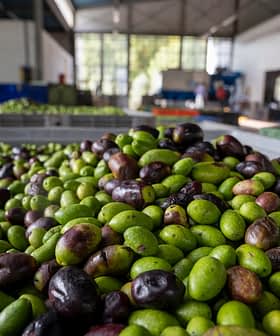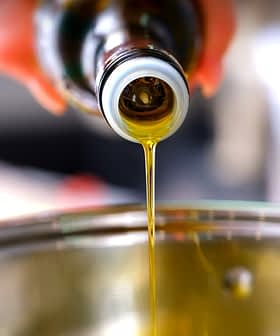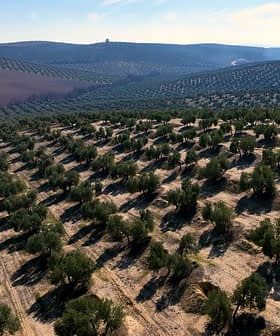Researchers Identify 30 New Olive Varieties in Aragón
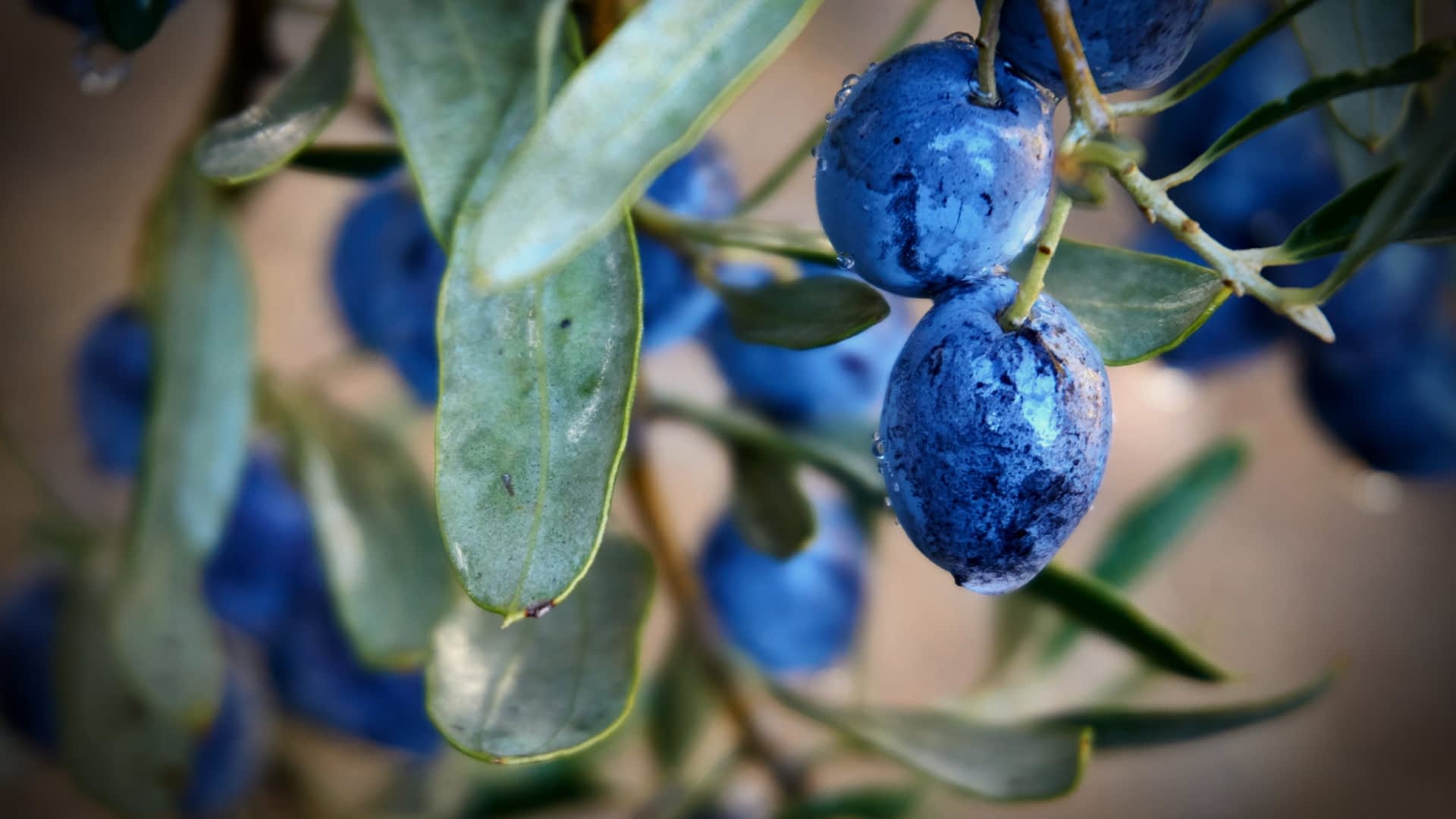
An interdisciplinary research group in Aragón has identified 30 new olive varieties among the autonomous community’s centenarian trees, with 96 varieties identified in the west of the autonomous community by five participating groups coordinated by Olivos de Aragón. The researchers compared DNA markers and morphological characterizations against more than 1,200 varieties in the World Olive Germplasm Bank in Córdoba, identifying 30 olive varieties that did not match the bank’s genetic material, with plans to further study and preserve these newly discovered varieties for the future of the olive oil sector.
An interdisciplinary research group in Aragón has identified 30 new olive varieties among the autonomous community’s centenarian trees.
The five groups participating in the project, coordinated by Olivos de Aragón, identified 96 varieties in the west of the autonomous community, which includes the Bajo Aragón Protected Designation of Origin region.
(Olive biodiversity) is being lost. We are obliged to study new varieties and preserve them because, in the future, they may be very useful to us.
The researchers then compared DNA markers and morphological characterizations against more than 1,200 varieties in the Institute of Agricultural and Fisheries Research and Training’s (Ifapa) World Olive Germplasm Bank in Córdoba.
Based on these comparisons, the researchers identified 30 olive varieties that did not match the bank’s genetic material.
See Also:Olive Council Incorporates Germplasm Bank Into Global Treaty“We participated in the project because the area ofthe Bajo Aragón PDO was the least studied in terms of knowing what local varieties could be found,” said Joaquín Lorenzo, the project’s coordinator.
The regional government of Aragón stipulates that extra virgin olive oil must be made “exclusively from the Empeltre, Arbequina and Royal olives, of which Empeltre accounts for a minimum proportion of 80 percent” to receive the Bajo Aragón PDO.
“Here, most of the olive groves are Empeltre,” Lorenzo said. “Therefore,investigating these isolated or small olive groves had never been a concern.”
According to Lorenzo, about 95 percent of the olive groves in the region are comprised of Empeltre olive trees. These trees came to dominate the landscape after a severe frost in 1956, which damaged many endemic and older olive trees.
While anecdotal evidence of unique olive varieties had long existed among local growers, a scientific effort to catalog all the olive varieties was not undertaken until now.
“Now that we know they are all different varieties, we will be able to research them further,” Lorenzo said.
Along with research organizations, Viveros Mariano Soria, a nursery, and Aceites Lis, a mill, have joined the project to help graft the new olive tree varieties and produce extra virgin olive oil from existing trees of the newly identified varieties that yield olives each season.
See Also:Discovery of New Olive Varieties in Italy Spurs App Development“We must finish characterizing them by reproducing them all in a nursery,” Lorenzo said. “We will also have to determine if qualities are suitable for table olives or if the organoleptic and chemical characteristics are suitable for olive oil.”
“With all this, the idea is that the best varieties will have a permanent collection on the farm that the government of Aragón has in El Cañizo,” he added.
The selected varieties will be monitored to see if they resist diseases, drought, frost or high temperatures.
Lorenzo emphasized that this is a long-term project. Still, he added that Aceites Lis has already produced extra virgin olive oil from newly identified olive varieties and submitted them to a local laboratory and tasting panel for physicochemical and organoleptic analysis.
Aceites Lis did not respond to a request for comment about the behavior of the new olive varieties when milled or the characteristics of the resulting olive oil.
While some of the newly discovered varieties may be cultivated for commercial purposes, Lorenzo said preserving and studying all newly discovered varieties is essential for the future of the olive oil sector.
“Most new olive groves are planted intensively to allow for a mechanized harvest, with more productive varieties being preferred,” Lorenzo said. “Therefore, diversity is being lost. We are obliged to study new varieties and preserve them because, in the future, they may be very useful to us.”


